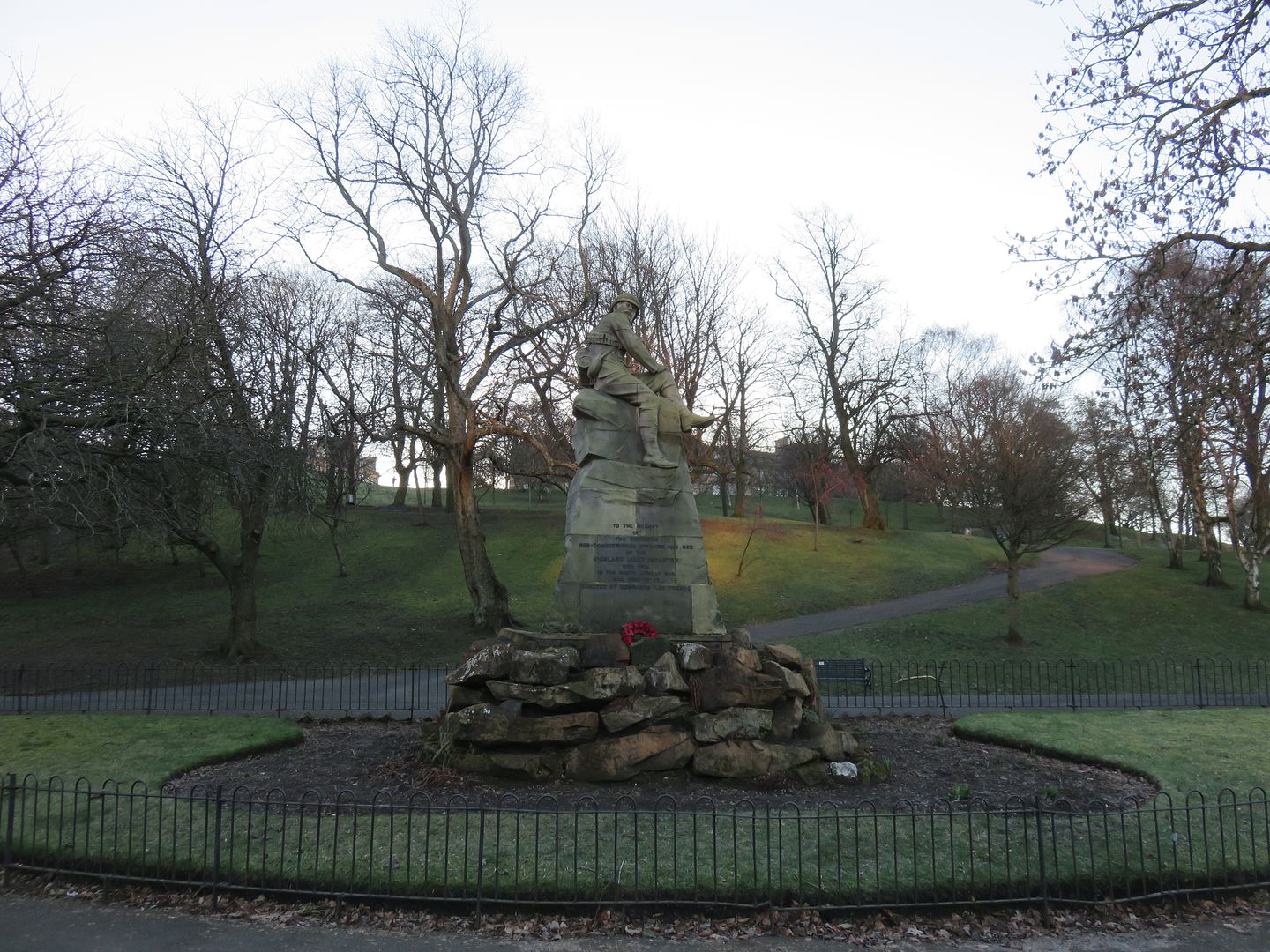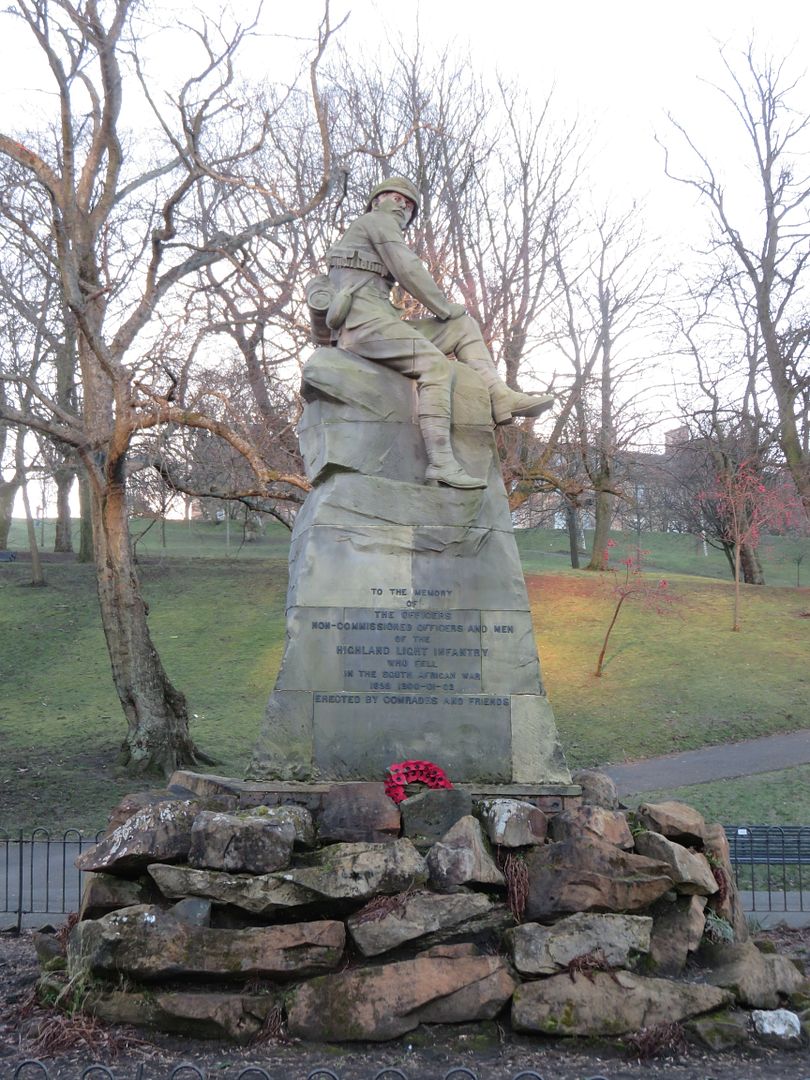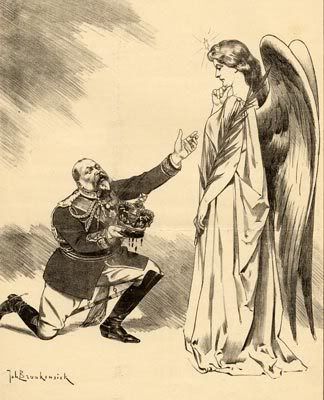Hey there,
I have to do some research regarding a cartoon by Johan Braakensiek published 30 March 1902 in the dutch weekly magazine 'de Amsterdammer' (still exists as 'de Groene Amsterdammer'):
[King Edward VII (to the angel of peace): Please, could you polish my crown?
Angel to king: First you have to wipe the blood off...]
By reading contemporary newspapers it has come to my attention that king Edward wanted his coronation delayed until the Boer wars would be over, although it is denoted as a rumor in said newspapers (still looking for some official source to confirm this).
There seems to have been a great deal of grudge towards Edward in dutch newspapers, he is often depicted as merciless and hearthless.
Translated from an article of March 25 1902:
It's no surprise that the fat king is beeing mocked almost all over the world. One still waits for the first sign of benevolence, generosity or chivalry, since he, now 14 months ago, ascended the throne. Since he has not used the distinguished right of the crown, the right of pardon, with the scandalous death penalty conducted against commander Scheepers (Gideon), we have to despair of Edward VII. If the hearth makes no sound at such a moment it has to be dead.
I have reached a brick wall concerning Edward's involvement in the Boer wars besides dutch contemporary sources. Most literature about Edward appears to be of gossip-like quality, about his loose lifestyle and such (eg. 'The playboy prince'), and is probably of low value for my assignment.
If anyone could give me a push in the right direction concerning the following topics, it would mean a great deal to me (any literature, articles, ...):
1. What was Edward's role in the Boer war
2. Why was Edward denounced so heavily in Holland? After all, the war started under the reign of his mother, queen Victoria. Are there any specific events leading on to this denounciation?
3. Was he just seen as the representation of all English horribilities in South Africa (like the concentration camp deaths) and therefor renounced? (so more like a generalising grudge than a personal one?)
...
Any tips on sources are welcome, keep in mind that I have a limited time span though.
Thanks!























